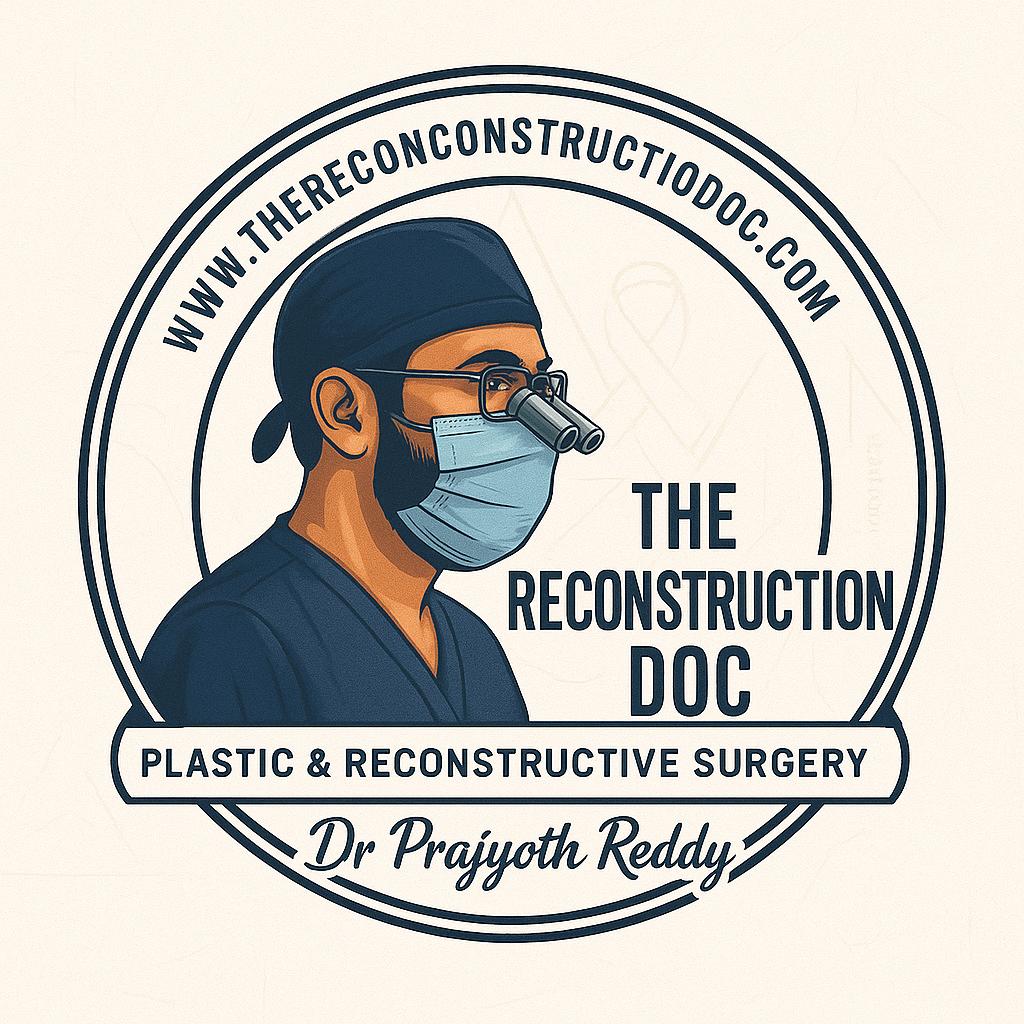Surface Tumors
- Home
- Surface Tumors
About Surface Tumors
Surface tumors are growths that develop on the outer layer of the face, mainly affecting:
They are usually:
- Benign (like moles, warts, keratoacanthomas)
- Pre-cancerous (like actinic keratosis)
- Malignant skin cancers, including:
- Basal Cell Carcinoma (BCC) – most common, slow-growing
- Squamous Cell Carcinoma (SCC) – faster growing, can spread
- Melanoma – most dangerous, can spread early.
When Should You Worry?
- New growth that doesn’t heal
- Changing mole or spot (color, size, shape)
- Bleeding, crusting, or pain on the skin
Early diagnosis and removal are essential to prevent spread and minimize scarring.
Reconstructive Options After Tumor Removal
Removing surface tumors may leave behind skin loss, visible scars, or functional problems (like difficulty closing the eye or smiling). Reconstruction helps restore natural appearance and function
Common Reconstruction Techniques for Surface Tumors:
1. Primary Closure
- Wound edges are stitched together directly
- Used for small tumors with minimal skin loss
2. Skin Grafting
- A thin layer of skin is taken from another part of the body (like thigh or behind the ear)
- Used for superficial skin loss
- May not match the original skin color exactlystitched together directly
3. Local Flaps
- Nearby skin is rotated or moved to cover the defect
- Provides better color and texture match
- Common flaps:
- Nasolabial flap – for nose and lip
- Glabellar flap – for mid-forehead/nose
- Mustarde cheek flap – for eyelids and cheeks
4. Regional Flaps
- Skin and soft tissue from adjacent areas like the forehead or neck
- Used for larger or deeper defects
- Example: Forehead flap – gold standard for nasal reconstruction
5. Tissue Expansion
- A balloon is inserted under the skin and gradually inflated
- Stretches nearby skin to cover the defect
- Good for larger cosmetic reconstructions (e.g., forehead, scalp)
6. Staged Procedures
- Some areas (like nose or eyelids) may need 2–3 staged surgeries
- Ensures both form and function are restored properly
Why Reconstruction Is Important
- Minimizes scars and disfigurement
- Restores facial expressions and eye/mouth function
- Helps regain confidence after surgery
Tips for Patients
- Get suspicious lesions checked early
- Reconstruction is tailored to your face and your needs
- Plastic and reconstructive surgeons work to preserve both beauty and function
Final Message:
“Surface tumors may look small, but their impact on the face can be big. Early treatment and proper reconstruction can make a huge difference."
Get In Touch
Schedule a consultation, ask questions, or explore our expert reconstructive surgery services and compassionate care.

